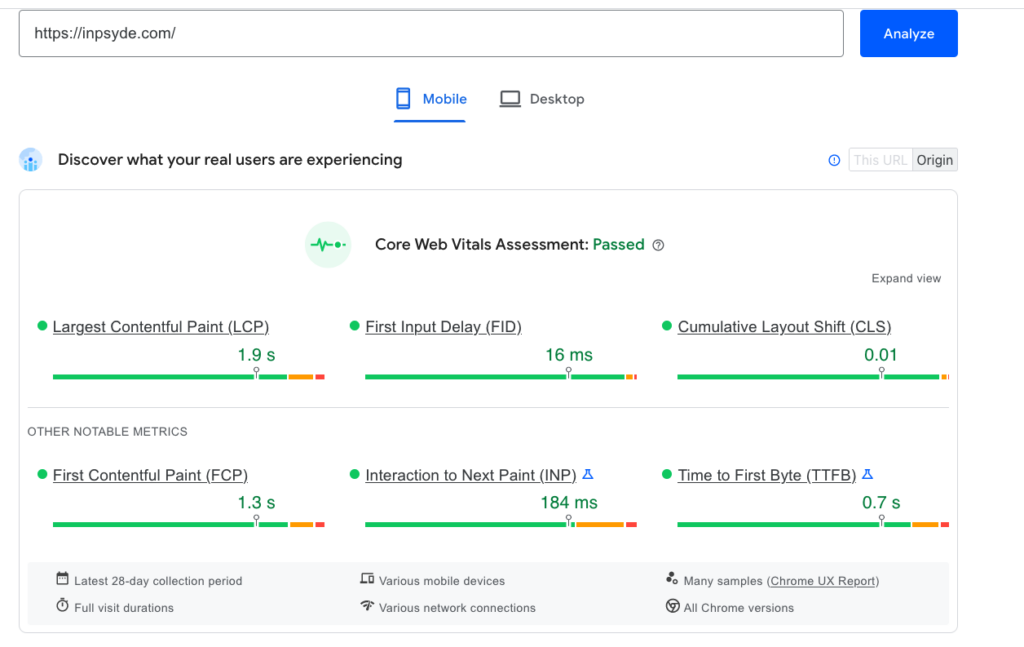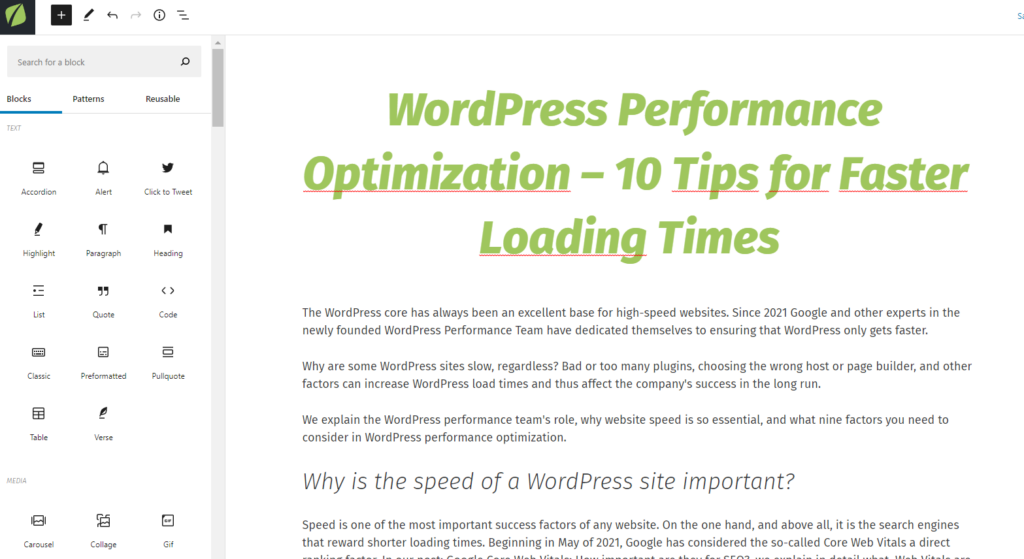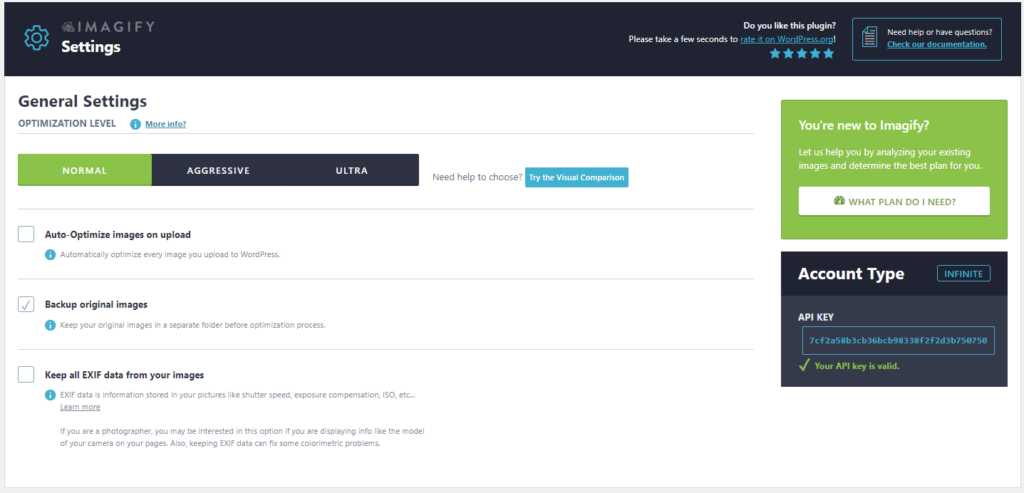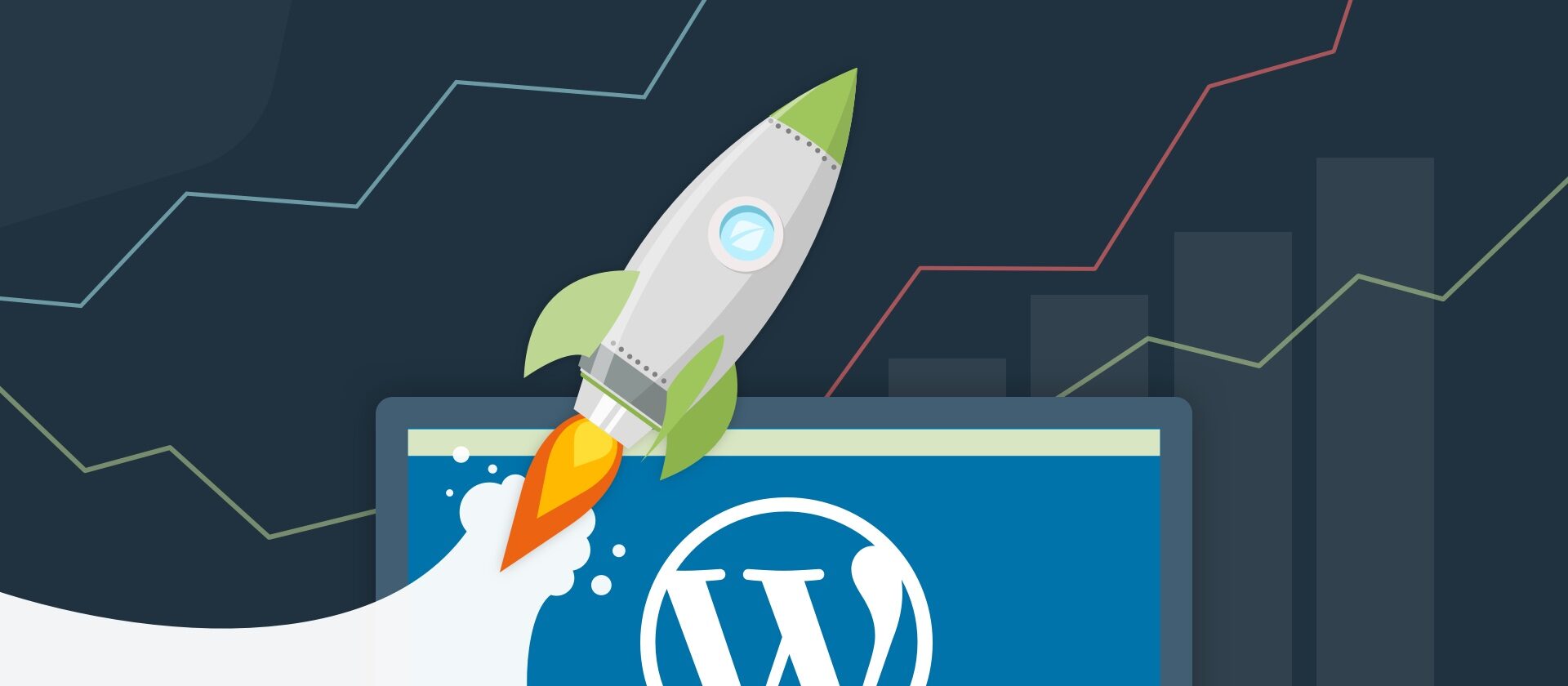The WordPress core has always been an excellent base for high-speed websites. Furthermore, since 2021, the newly founded WordPress Performance Team, composed of Google and other experts, has been dedicated to ensuring that WordPress only gets faster.
So, why are some WordPress sites slow? Bad or too many plugins, choosing the wrong host or page builder, and other factors are the likely culprits for increased WordPress load times and thus affect the company’s success in the long run.
Here we will explain the role of the WordPress performance team and why website speed is so essential. From CDNs and caching to high-end hosting, we reveal the ten most important factors to consider when optimizing WordPress performance. You will also learn how to measure your website’s current performance and why WordPress is the perfect CMS for faster loading times.
Why is a WordPress site’s speed so important?
Speed is one of the most important success factors of any website. On the one hand, and above all, it is the search engines that reward shorter loading times. But, on the other hand, since May 2021, Google has considered the so-called Core Web Vitals a direct ranking factor. In our post: Google Core Web Vitals: How important are they for SEO?, we explain what Web Vitals are in detail. In short, Google uses these metrics to evaluate a page’s speed, stability, and interactivity. In the long run, faster sites are rewarded with higher rankings.
Another factor is website visitors. When a page loads slowly, we often jump straight back to the search results. Studies show that pages with average load times of 2 seconds have a bounce rate of 9%. If the load time increases to 5 seconds, the bounce rate increases to 38%. About half of the visitors to a slow website will not return. Speed also influences other SEO metrics, such as dwell time or conversion rate. For large companies with many website pages, the crawl budget also plays a role. The faster a single page loads, the more Google bots can crawl and index.
How do I test my WordPress site’s speed?
Google offers a free tool to determine website speed. The Google PageSpeed Insights tool displays web vitals for desktop and mobile devices. It assigns a performance score between 1 and 100 to the page.

If you want to test the actual page load time in seconds and from specific locations, you can use tools like WebPageTest. For example, you can enter the URL to be tested along with a location from which it should be accessed and then get the exact load time in seconds. Other similar tools that work well are Pingdom or GTmetrix.
What load time should you be aiming for, then? Based on Google’s Senior Analyst John Mueller’s advice, an established rule of thumb is that a load time under 2 seconds is appropriate. However, the average load time is a little over 3 seconds. Therefore, a website that loads within 2.9 seconds is even faster than 50% of the web and a reasonable target. SEO experts recommend a target load time between 1 and 2 seconds.
WordPress Core has always been the ideal foundation for fast websites. That is why, in the coming years, WordPress sites’ will see an even greater advance in load times. In fact, since 2021, Google has been dedicated to optimizing WordPress sites’ loading time. The newly formed WordPress Performance Team created for this purpose comprises employees from Google, Yoast, and other established web and SEO experts. The project’s mission is to improve WordPress sites’ performance, becoming the only content management system optimized for Google by Google.
What Slows Down a WordPress site?
If speed tests show that your site is too slow, you must find and fix the problems. While many tools also give direct tips on how to speed up WordPress load times, these are often not directly implementable and easily understood by everyone. The problem with slow WordPress sites is usually found in the hosting, page size, or lack of caching. In the following, we explain these and other issues and how to fix them in more detail.
Avoid Bad Plugins
Subsequently, we will highlight some plugins that can help optimize your WordPress site. But you should always have plugins installed that are actively used and needed. Plugins sometimes load unnecessary JavaScript and CSS files which often increase loading times due to numerous database queries. Furthermore, poorly built plugins can create security vulnerabilities in the system.
Capable WordPress developers can often replicate the function of many plugins by adding a few lines of code. Therefore, it is generally advantageous to maintain fewer external plugins on the site. However, enterprise websites should place even greater emphasis on the code quality of their plugins. Even websites with many different plugins can perform well if they are lean and well-built. Likewise, a website with only a poor code quality plugin will be severely slowed down.
- Is the plugin’s function needed urgently?
- Do we already have a plugin that can perform this function?
Many plugins come with a lot of functions, even non-essential ones. Unfortunately, each function loads new code onto the page, and reading it can increase loading times. Therefore, you should always choose the fastest option that enables the desired function.
At Inpsyde, we test the plugins’ code quality with New Relic. This involves closely examining the impact of each line of code and each plugin’s function on page performance.
Use the WordPress Block Editor Gutenberg instead of Page Builders
Page builders simplify WordPress content management for beginners and are popular with many businesses. However, the downside is that they add a few kilobytes of code to the website, which needs to be loaded. Therefore, we advise you to avoid using page builders altogether.
Since the WordPress 5.0 update in 2018, the WordPress block editor, Gutenberg, has been embedded in the WordPress Core. This editor and its drag-and-drop feature are much more streamlined while still as easy to use as the most popular page builders. As a result, pages created with Gutenberg consistently achieve faster load times than those that rely on page builders. That is why WordPress’ Gutenberg is the future of WordPress development.

Optimize Load Time through Caching
Caching is one of the most important factors in WordPress site optimization. Simply put, caching shortens paths and thus saves time. Caching stores data temporarily. As a result, when a page is opened, the smallest amount of content possible is loaded from the database. This is because the browser generates the page from a cache instead of requesting it each time it is called.
For WordPress users, caching is especially important because it avoids reading slow PHP code. Caching for WordPress sites can be set up either server-side through a hosting service or a caching plugin. In addition, numerous caching plugins often come with many more features. The WP Super Cache from Automattic, founded and headed by Matt Mullenweg, one of WordPress’ co-founders, and WP Rocket are among the most popular.
A disadvantage of using plugins, in general, is that more requests are involved. At Inpsyde, we implement caching for our customers entirely without plugins. For large corporate websites, in particular, other options can be beneficial. With solutions like Varnish, we place the caching in front of the server and save valuable loading time. To learn precisely how this works, contact our WordPress experts.
Reduce and Compress Images
Images account for most of the overall size when you don’t have videos on the website. On average, images make up about one-third of the site size. As a result, image size is often a significant contributor to slow-loading pages.
Fortunately, more and more capable programs allow you to compress image size without sacrificing quality. Ideally, you should reduce the size of your images before using them in WordPress. There are many free tools for this, like TinyPNG. You should also consider completely new image formats. WebP images, for example, are much smaller than conventional formats while maintaining the same quality. If you take your photos, it’s best to start by choosing a lower resolution.
Most WordPress users resize graphics directly using plugins. WPSmush or Imagify automatically optimize image files when uploading to WordPress.

It is best to leave GIFs on social media for faster load times. Most of them are large and difficult to optimize.
Enable Lazy Loading
This loading time optimization technique also affects your images. Especially for websites with a lot of images, compressing images is often not enough. In this case, you should rely on Lazy Loading.
Lazy Loading causes images and graphics to load only when the scrolling user has reached them on the page. This function is part of many plugins like Autoptimize.
Choose Managed WordPress Hosting
No matter how ideal a website’s web design, SEO factors, images, or content are, a bad hosting option can ruin all your efforts. A WordPress site is only successful in the long run with performant hosting.
When choosing a hosting provider, several options present themselves. While shared hosting initially appears tempting because it is cheap, hundreds of websites share the same server. Sooner or later, problems arise when some sites generate higher traffic volumes. Then you will have to deal with bad loading times, downtimes, hidden costs, and often poor support when questions arise. This might be acceptable for private homepages or very small businesses. However, it is not competitive on the enterprise level or in e-commerce.
Companies with WordPress sites should rely on managed WordPress hosting. This is what hosting plans are called, controlled by WordPress experts and designed perfectly for the CMS. Here, the provider takes care of other vital aspects besides the hosting, such as ensuring regular updates, backups, and performance optimization. At Inpsyde, we are experts in WordPress hosting for enterprises. We are happy to answer any questions you may have on the subject.
Rely on Content Delivery Networks
Companies with globally distributed users, in particular, should rely on CDNs. No matter how powerful your hosting provider is, the further away users are from the server with the website data, the longer the loading times. With a content delivery network, duplicates of the website are stored on globally distributed servers. When a user accesses the page, JavaScript, CSS, HTML files, images, and videos, are loaded from the closest geographically located server in the network.
The shorter paths save valuable seconds of loading time. In 2022, over 60% of the top 10,000 websites used a CDN. Whether a content delivery network makes sense depends on the geographic distribution of your customer base. If you only or mainly get and address users from a single country, it is better to save the money spent on the CDN provider.
Optimize Internal Search Functions with Elasticsearch
Many large sites have an internal search function, where customers can explore the site for content that interests them. Whenever a site visitor types something into the search function, MySQL queries are sent to the database. Unfortunately, this process often means higher loading times. The industry standard and fastest solution for internal search is Elasticsearch. With this solution, your customers get the search results they want without affecting page speed.
Host Google Fonts Locally
Google Fonts is a collection of over 1300 fonts. Google provides all these fonts to every web administrator for free. And there is no doubt that Google Fonts are ideal for customizing your WordPress site’s design. For example, Inpsyde uses Google Fonts like Fira Sans for text and Aller for our logo.

So, what is the problem with Google Fonts? Most of the time, the fonts are pulled to the WordPress site from Google’s CDNs. That means the page makes additional external requests, increasing load times. Another important factor to keep in mind is that the integration of Google Fonts via Google servers is not GDPR-compliant.
Don’t worry: There are several ways to work around these issues and still use Google Fonts. First, we recommend hosting the fonts locally on your WordPress server. Then, the font is sent to the user from the same server as the rest of the page. That way, no additional requests are made, and load times are minimized.
Minimize JavaScript and CSS
JavaScript and CSS files are written by humans and read by machines. Reading JavaScript and CSS files takes time and can slow down the website. Web developers usually write the code so that it is understandable to humans. However, machines don’t need many code components to implement correctly.
Therefore, it is a good idea to consolidate and reduce the size of the code to save time. In addition, merging files reduces the number of server requests required, and compression reduces the size of individual requests.
It is possible to do this manually, but it requires advanced programming skills. Fortunately, WordPress users have a variety of plugins available for this purpose. Autoptimize is especially popular. This plugin compresses HTML, CSS, and JavaScript and optimizes Lazy Loading or Google Fonts if desired.
Website Performance Optimization with WordPress Experts
Your WordPress site’s load times and speed influence your business’s success. Faster sites enjoy higher ranking among search engines and users. Powerful WordPress hosting, caching, and optimized images will quickly and significantly improve website performance. Therefore, it is important to keep a WordPress website as streamlined as possible and avoid overloading it with unnecessary plugins or extra code from page builders. Even comparatively less complex changes like Lazy Loading, Google Fonts, or the minimization of CSS and JavaScript files, can still take up critical seconds of loading time.
At Inpsyde, we’ve been involved in WordPress site optimization for over a decade. We thoroughly understand enterprise-level speed requirements and create fast, secure, and GDPR-compliant websites for large enterprises. Contact our experts to optimize your WordPress site’s performance.
